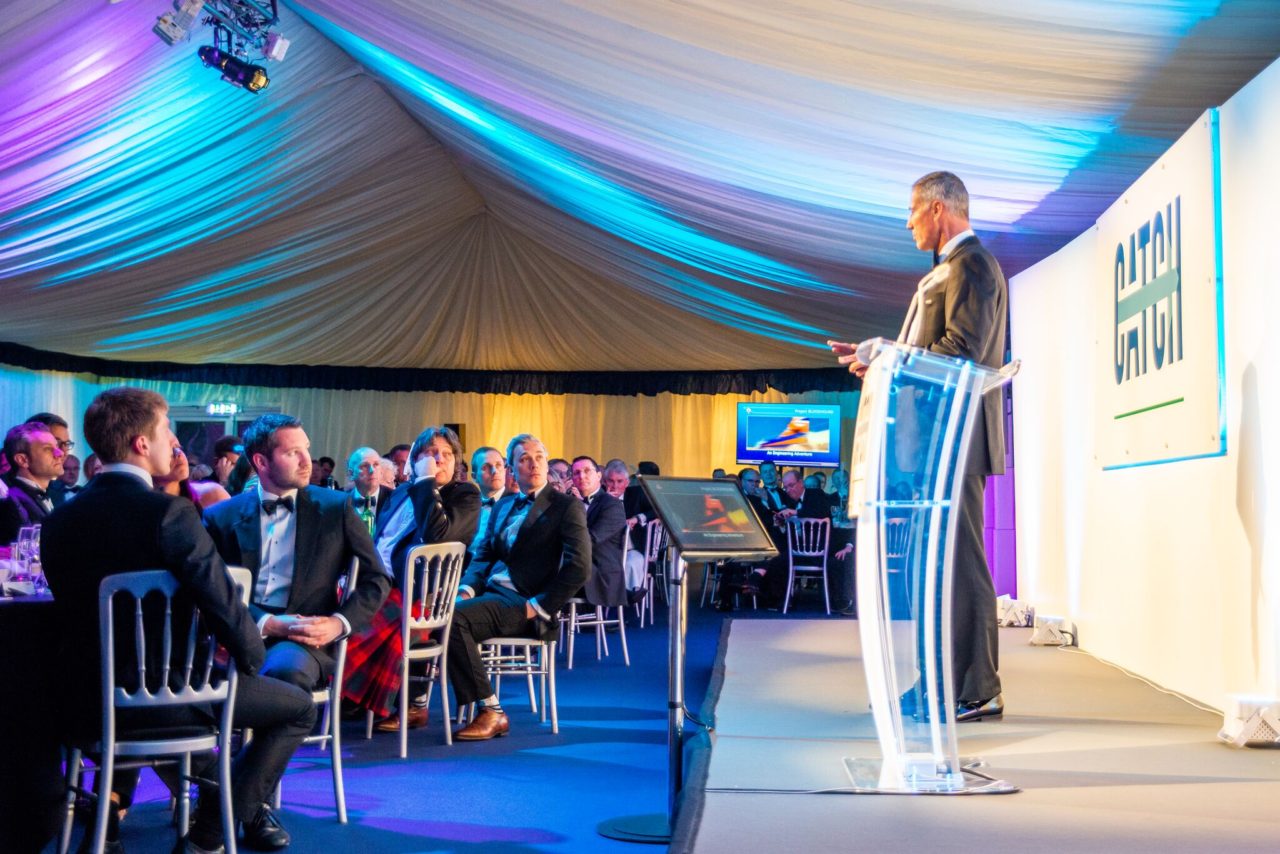CATCH Network Home page Archives - Page 5 of 5
The annual process safety event was opened by the CATCH Major Hazards Group chairman, David Hughes, who introduced key note speaker Craig Foyle, President of IOSH. Craig is on a mission to improve the reputation of safety practitioners and consultants and celebrate the achievements of a wide range of organisations and individuals who are improving safety performance. Seeing both good and bad safety practise across the world has helped understand where we can all still improve. Safety leadership must start at the top to make it happen. SHE professionals can help influence positive safety culture and become safety enablers. Motivation is key to managing and leading safety. The best career advice Craig was ever given was be totally honest and watch the football!
Peter Galsworthy from the HSE spoke about managing risk in the major hazard sector – operator assurance. Peter reflected on the challenge of assurance. Offshore sector operators received a letter to highlight a trend in increasing hydrocarbon releases and a demand for a review of PSL and assurance of their audit and systems to ensure improvements are seen. A deeper understanding is required of systems and failures inside these frameworks. COMAH operators in the Humber were encouraged to review their systems and ensure they strengthen their shield against process safety incidents.
HSE press release –http://press.hse.gov.uk/2018/oil-and-gas-operators-challenged-on-hcrs/
Understanding Comah: performance and recognition framework, http://www.hse.gov.uk/comah/guidance/performance-recognition-framework.pdf
David Coakley from the HSE spoke about P profiling – T targeting – S strategy. A framework for thinking strategically, linked to the intervention planning process but with a longer time frame in mind.
Profiling is the base information that the strategy will be set on. This will be done in conjunction with the operator. Review of processes, hazards and MAH scenarios.
The HSE will be looking at HSG65, following the Plan, Do, Check, Act approach. Looking at how health and safety can be managed across the organisation in a holistic way
David recommended the guide Managing for health and safety (please note that the printed version has better/more complete diagrams than the web version) http://www.hse.gov.uk/pubns/priced/hsg65.pdf
The HSE are encouraging sites to use the OECD check list for regulatory decision making which will assist in site leadership preparations for interventions.
Phil Scott from the Chemical Industries Association gave a presentation on the ways industry can collaborate and work at continuously improving safety in our industries.
Phil highlighted the COMAH strategic forum and the Chemical & Downstream Oil Industries Forum (CDOIF) – established to support joint learning from incidents across the hazardous industry sectors.
Rob Fogg, Process Safety Consultant, ABB discussed how to Successfully Implement Process Safety Management. The advice shared was to keep it simple, do we understand what could go wrong? Do we know what our systems are to prevent this happening? And do we have information or evidence to assure us that the systems are working effectively?
Rob advised operators to take a step back and review what they are doing and ensure it is effective. Process safety must be integrated with running the business, it cannot work as an add-on. Finally Rob explained the importance of working together and improving the conversations being held about process safety management.
Alan Harper, Assistant Director of Planning, from Hull and East Yorkshire Hospital Trusts joined the meeting to highlight some recent concerns regarding workers that have been exposed to a chemical on sites and the employers have arranged for the members of staff to go to hospital in a taxi. On both occasions, the ambulance service were not informed and the A&E department therefore not given any heads up that casualties were on route.
The risks here are of secondary contamination on route to the hospital in the taxi and a potential contamination of the A&E department, who had not known to instigate their CBRN decontamination procedures.
Ambulance / Hospitals Trusts are keen to reinforce the importance of calling 999 and informing ambulance of any similar issues involving chemical incidents at work, so that appropriate advice can be given to the sites and the response from the ambulance/hospital services can be tailored to the situation.
With thanks to our sponsors:
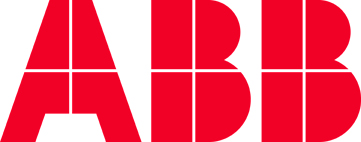


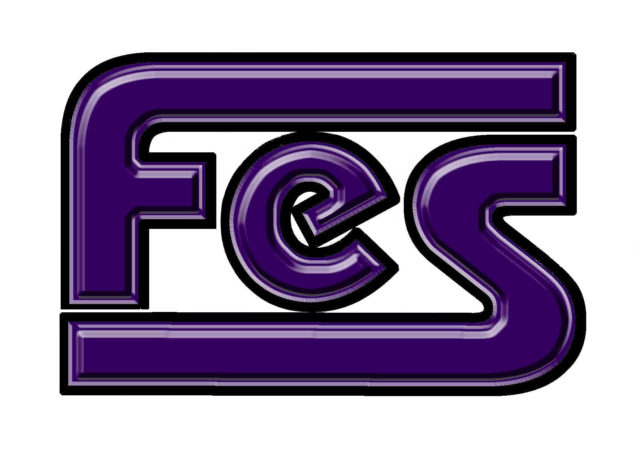


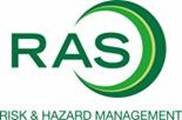



Industry achievements celebrated at CATCH annual dinner Event highlights the Humber’s process, engineering, energy and renewables sectors
The achievements of key industries in the Humber region were celebrated at the annual CATCH dinner.
The industry-led partnership which supports the process, energy, engineering and renewable sectors organised the sold-out event, which was sponsored by ABB and E3 Recruitment.
David Talbot, CEO of CATCH, said: “The evening celebrated the achievements of the Humber’s process, engineering, energy and renewable industries over the past 12 months.
“Both the strength of these sectors and the growing interest in our region is borne out by the popularity of this event, with this year’s attendance a total sell-out.”
The evening included the announcement of the winner of the Apprentice of the Year Award with three finalists selected from clients and contractors in the ConCom scheme.
ConCom was set-up in 1999 and aims to establish and develop high standards of competencies for companies and employees working on Humber Bank process industry sites.
The finalists were Chris Skelton, Offshore Technical Instrumentation Apprentice, Centrica Storage Limited, Katie Shackles, Instrumentation Apprentice, Phillips66 and Luke Nuttall, Control and Power Apprentice, Total Lindsey Oil Refinery.
The winner was Chris Skelton who was praised for taking every opportunity to develop his knowledge and skills.
Mr Talbot said: “The ConCom Apprentice of the Year award recognises the outstanding achievements of young people are the beginning of their careers.
“All three of our finalists would have been very deserving of winning this year’s award so it was a very tough decision for the judges who had to make the final decision.”
Mr Talbot and attendees at the dinner also welcomed Andy Green OBE as after-dinner speaker.
In 1997, Andy was the driver for the Thrust SSC team as they set the current world land speed record of 763mph. He now works with the education programme for the BLOODHOUND 1,000mph world land speed record attempt.
Mr Talbot said: “By working with the BLOODHOUND project, Andy is making another great statement about world-class British engineering and aiming to inspire the next generation of young scientists and engineers as the team builds the world’s first 1,000mph car.”
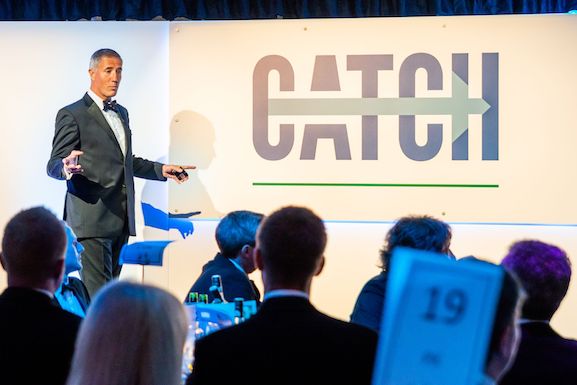

The Humber hosts a number of energy intensive industries, including: petrochemicals, refineries and alternative fuels production; chemical manufacture and storage; steel making; cement and lime manufacture; glass manufacture; food processing and manufacture; and onshore and offshore gas production and storage.
Although industries are spread across the estuary many businesses are located close to the ports of Hull, Grimsby and Immingham. The figure below shows the interview respondents for this study, which comprise the majority (but not all) of the largest energy users in the region.
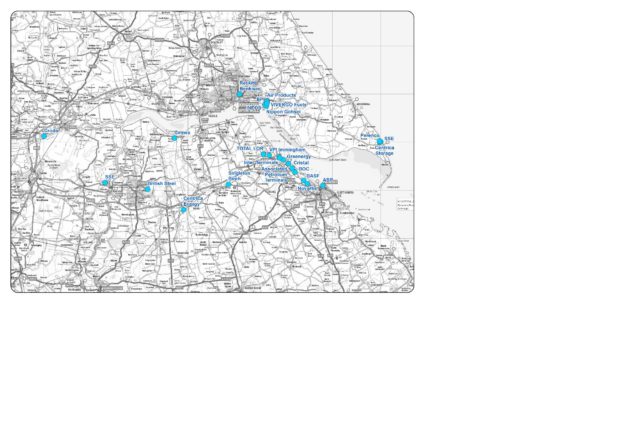
The Humber’s ports complex is, with 77m tonnes cargo in 2016 (16% total UK cargo), the UK’s largest for both import of raw materials and components and export of UK manufactured products. It offers excellent access to Europe; with ~30m tonnes annual trade it is the UKs largest port complex trading with the EU.
The region forms one of four major chemicals producing regions in the UK. There are two major chemicals clusters: the Saltend Chemicals Park, and a cluster spread along the South Humber Bank between Immingham and Grimsby, which includes two of the UK’s four oil refineries. Manufacture of renewable fuels and infrastructure represents another key industry in the Humber, notably offshore wind turbine manufacture and servicing, and large UK players in the biofuels industry. Further energy intensive industry in the region includes one of the two UK integrated steel works, a cement works, a lime works and a float glass plant at Goole.
In addition, The Humber is believed to have the largest concentration of food manufacturing research, storage and distribution facilities in Europe, contributing over £1bn to the UK economy. Grimsby is referred to as ‘Europe’s Food Town’, with around 500 food related businesses and a full supply chain of food sector services. Large food manufacturers, are also concentrated around Hull, in addition to major pharmaceutical and personal care product manufacturers.
A summary of the Study can be downloaded here Humber EII Cluster Study – Summary
The CATCH Fire & Security Network will meet on 21 Nov 2018.
Industrial sites typically produce physical waste streams and byproducts which are given an appropriate EWC code and description.
Waste companies, including recyclers, composters and biogas facilities etc, can only accept onto their site the materials that meet the EWC codes listed on their site permit.
Footprint Services are now able to provide bespoke reports for your company which display the licenced waste companies which are able to receive the EWC coded wastes that your company produces based on their Environmental Agency Permits.
A bespoke report for your company costs on £200, giving you a full directory of companies relevant to your EWC-classified waste streams (up to 20 EWC codes per company).
For more information or to discuss your requirements, please contact Andrew Gadd at andrew@footprintservices.co or call 07791 304190.
Head Office
Stallingborough
Grimsby
DN41 8TH
Company no. 03837010
Privacy Policy
CATCH Compliments and Complaints policy
CATCH Apprenticeships Safeguarding Disclosure Form (blank)
Recruitment of ex-offender policy
Data protection




